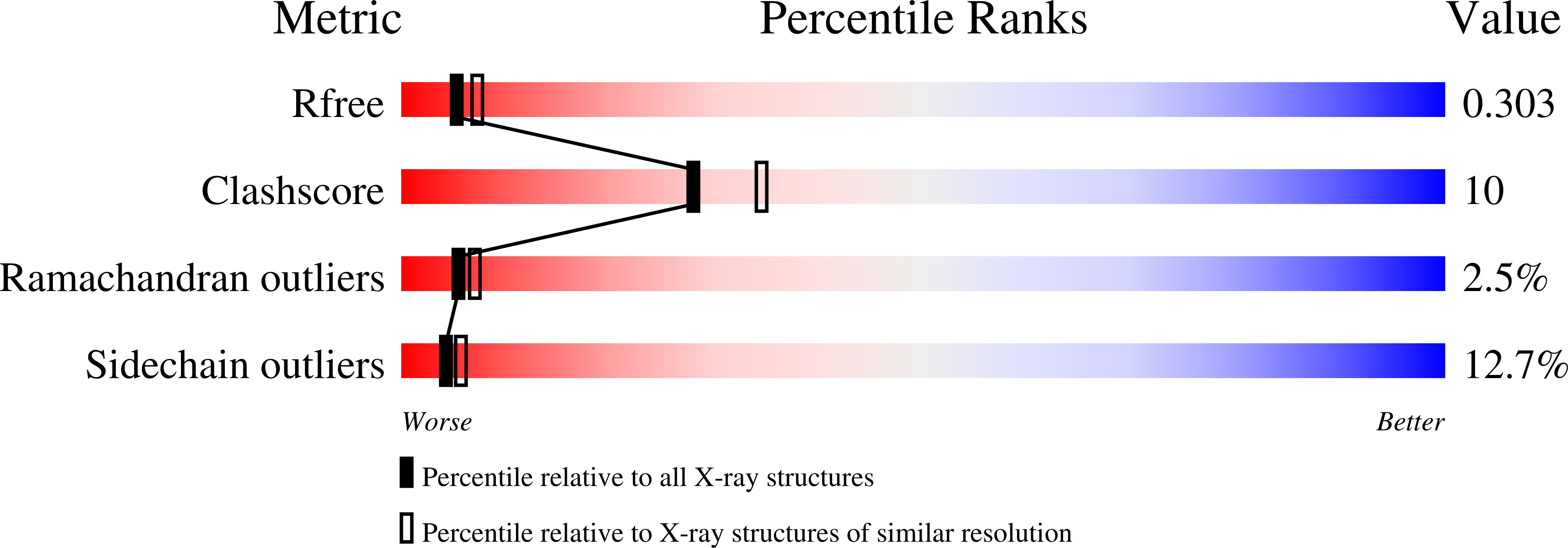
Deposition Date
2022-04-12
Release Date
2022-08-31
Last Version Date
2024-11-20
Entry Detail
PDB ID:
7ZK1
Keywords:
Title:
Crystal structure of cystinosin from Arabidopsis thaliana bound to sybody and nanobody
Biological Source:
Source Organism:
Arabidopsis thaliana (Taxon ID: 3702)
Lama glama (Taxon ID: 9844)
synthetic construct (Taxon ID: 32630)
Lama glama (Taxon ID: 9844)
synthetic construct (Taxon ID: 32630)
Host Organism:
Method Details:
Experimental Method:
Resolution:
2.65 Å
R-Value Free:
0.27
R-Value Work:
0.23
Space Group:
P 21 21 2


